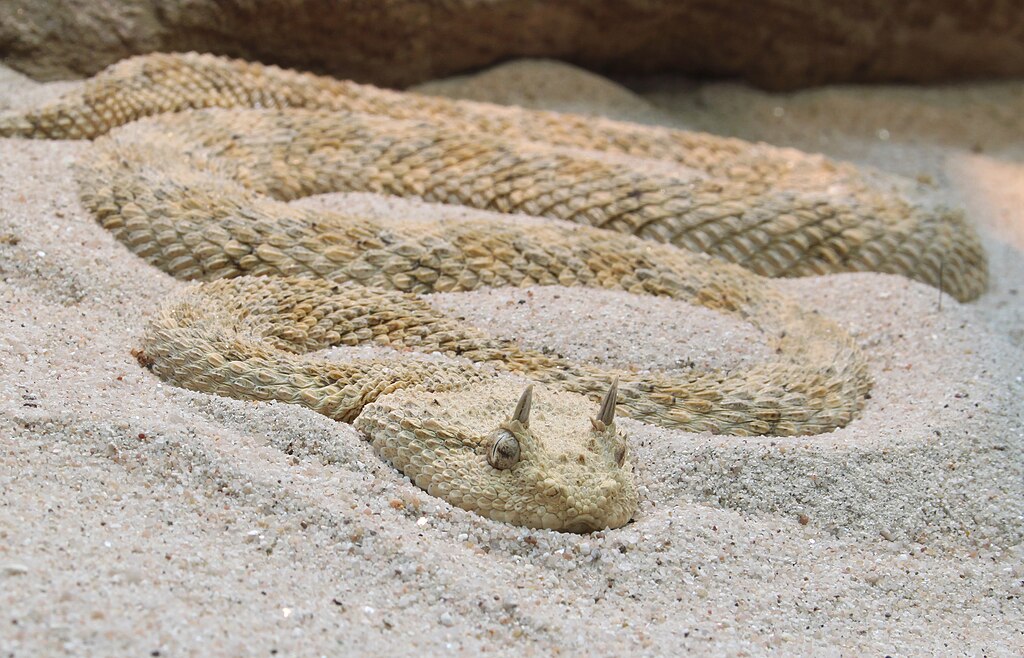In the animal kingdom, adaptation is the key to survival, and few creatures showcase this principle more impressively than snakes. While these reptiles are often associated with basking in the sun to warm their cold-blooded bodies, less known is their fascinating relationship with mud as a cooling mechanism. When temperatures soar beyond comfortable levels, many snake species have evolved remarkable strategies involving mud to regulate their body temperature. This natural air conditioning system represents one of nature’s ingenious solutions to extreme heat challenges, allowing snakes to thrive in environments that would otherwise prove inhospitable. Let’s explore the fascinating world of serpentine thermoregulation and how these remarkable reptiles utilize mud to beat the heat.
The Thermoregulation Challenge for Ectothermic Animals
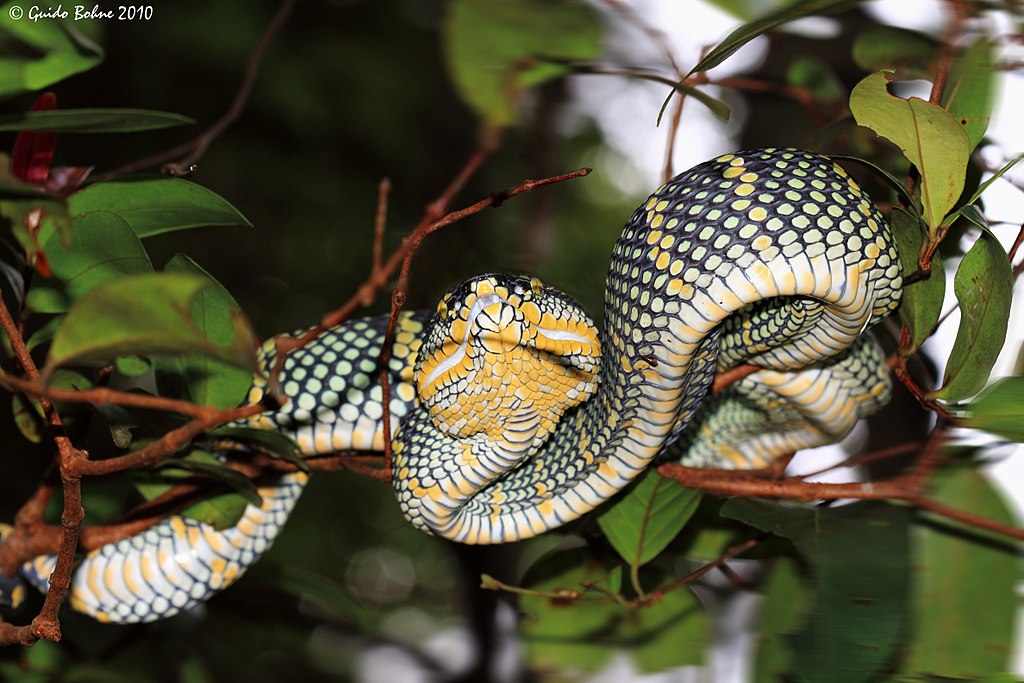
Snakes, like all reptiles, are ectothermic (cold-blooded) creatures, meaning they cannot internally regulate their body temperature as mammals do. Instead, they rely on external environmental sources to manage their body heat, using behavioral adaptations to either increase or decrease their temperature as needed. This presents a significant challenge during extreme weather conditions, particularly intense heat waves that can push temperatures beyond what’s sustainable for reptilian life. When the mercury rises too high, snakes face the risk of overheating, which can lead to metabolic issues, organ damage, and even death if they cannot find ways to cool down. Unlike mammals that can sweat or pant effectively, snakes have had to evolve alternative cooling strategies, with mud submersion being one of their most effective natural solutions.
Mud as Nature’s Air Conditioner
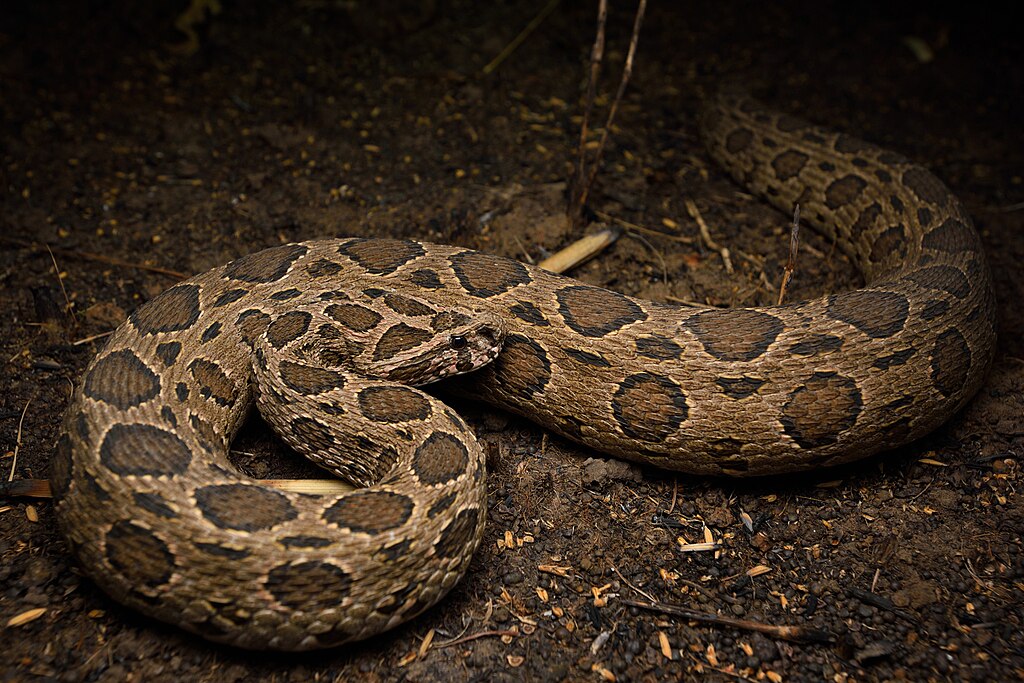
Mud serves as a remarkably efficient natural cooling system for snakes due to its unique physical properties. When wet, mud maintains a significantly lower temperature than the surrounding air or ground surface, especially in hot, arid environments where the temperature difference can be substantial. This temperature differential creates an ideal microclimate for overheated snakes seeking relief. The high water content in mud also facilitates cooling through evaporation, as moisture gradually evaporates from the snake’s scales after mud contact, creating a cooling effect similar to sweating in mammals. Additionally, the thermal mass of mud means it heats up and cools down much more slowly than air, providing a stable thermal environment that buffers against rapid temperature fluctuations throughout the day and night cycles.
Snake Species That Utilize Mud Cooling
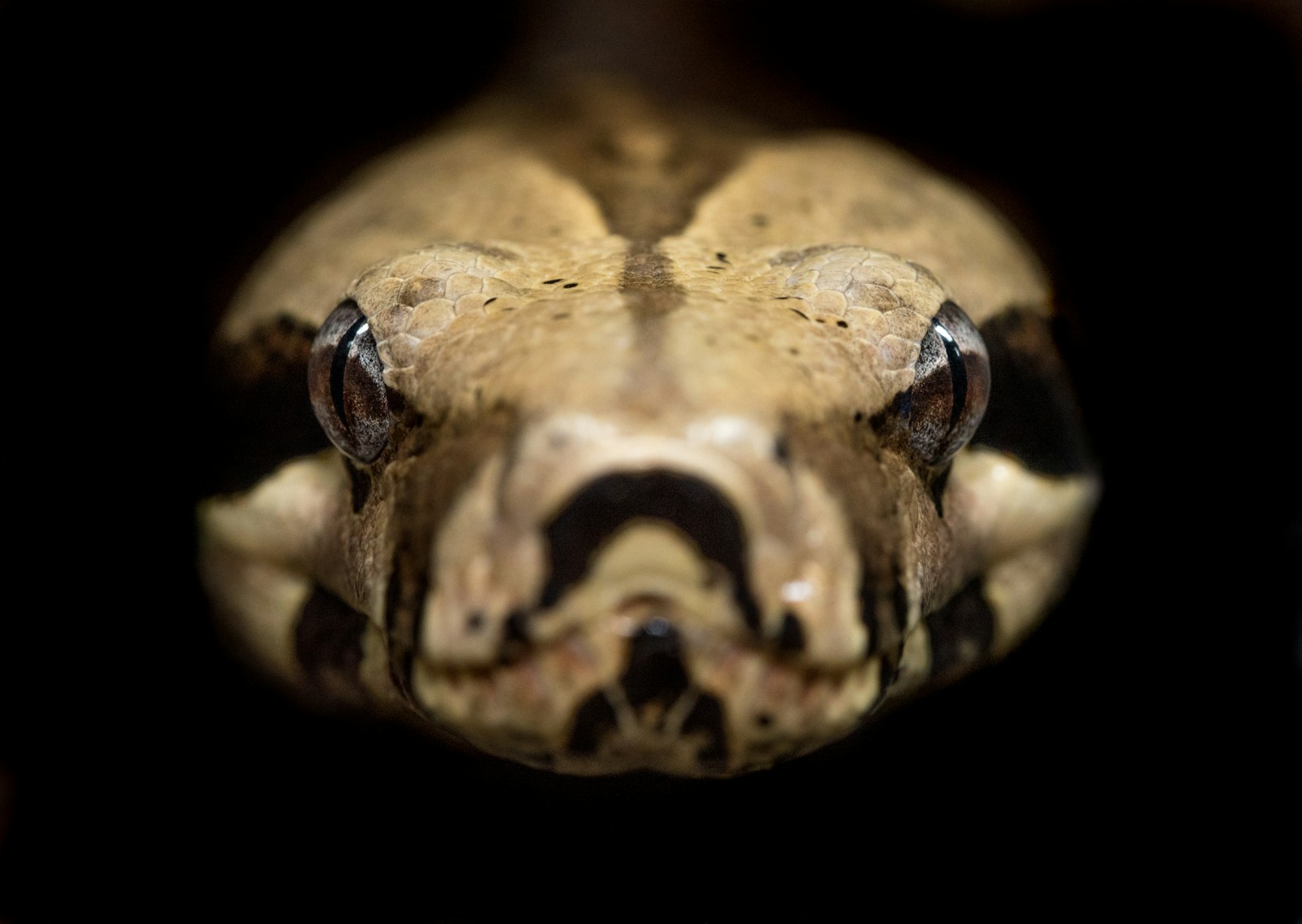
While many snake species may opportunistically use mud for cooling, certain species have developed this behavior as a primary thermoregulation strategy. Water snakes (Nerodia species) are particularly adept at utilizing mud for temperature control, often burrowing into muddy banks along waterways during peak heat hours. The cottonmouth (Agkistrodon piscivorus) is frequently observed partially submerged in muddy shallows, using the cooling properties of mud to maintain optimal body temperature during hot summer months. Desert-dwelling species like the sidewinder rattlesnake (Crotalus cerastes) will seek out muddy depressions after rare rainfall events, taking advantage of these temporary cooling opportunities. Australian pythons, particularly the water python (Liasis fuscus), have been documented using mud wallows during the intense heat of the dry season when water bodies shrink to muddy puddles.
The Scientific Process of Evaporative Cooling
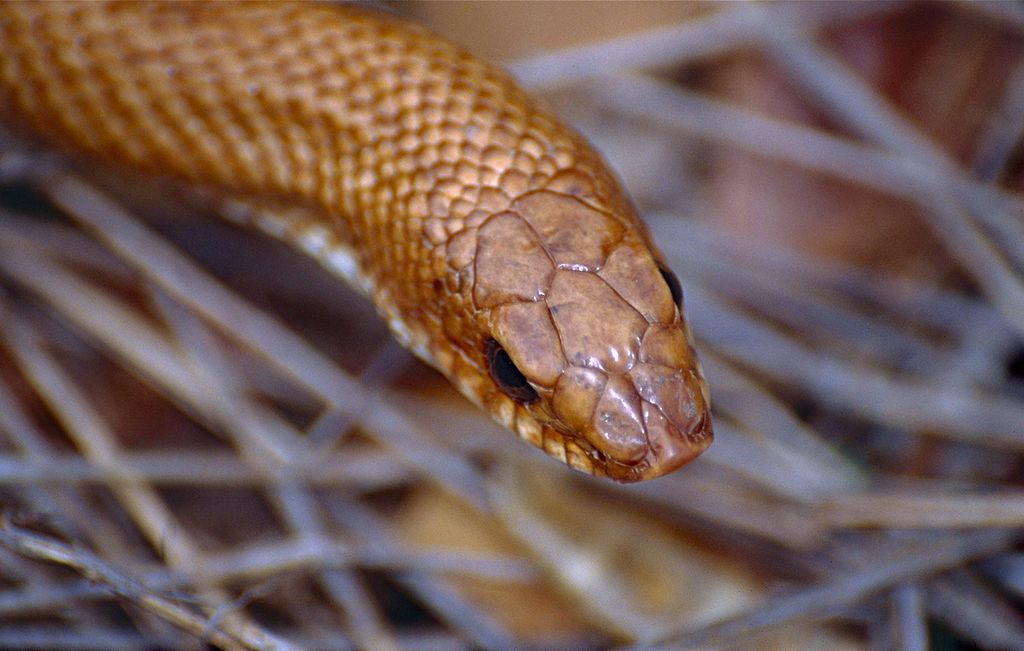
The cooling effect snakes experience from mud is largely based on the scientific principle of evaporative cooling, a process that has proven effective for many animals. When water evaporates from a surface, it requires energy in the form of heat, which is drawn from the surrounding environment—in this case, the snake’s body. As muddy water slowly evaporates from a snake’s scales, it creates a cooling effect that can significantly lower body temperature. Herpetologists have measured temperature drops of 3-5°C (5.4-9°F) in snakes utilizing mud cooling, representing a significant physiological advantage in extreme heat conditions. This process works particularly well for snakes because their elongated body shape maximizes surface area relative to volume, allowing for efficient heat exchange with the environment.
Mud Submersion Behavior Patterns

Researchers studying snake behavior have documented distinct patterns in how these reptiles utilize mud for cooling purposes. Many species engage in partial submersion, where they leave their head above the mud surface while allowing most of their body to benefit from the cooling properties. This strategic positioning allows snakes to continue breathing normally while maximizing cooling effect on their core body. Timing patterns are also significant, with many snakes seeking mud during the hottest parts of the day, typically between late morning and mid-afternoon when solar radiation is most intense. Some species demonstrate seasonal variations in this behavior, increasing mud utilization during summer months or seasonal heat waves. Interestingly, gravid (pregnant) female snakes often show increased mud-seeking behavior, as maintaining optimal temperature is crucial for the development of their embryos.
Mud Burrows as Microhabitats

Beyond simple submersion, many snake species create or utilize burrows in muddy substrates that serve as specialized microhabitats for temperature regulation. These mud burrows provide a more comprehensive environmental buffer than surface mud alone, offering protection from both heat and predators. The enclosed nature of these structures creates humidity gradients that enhance evaporative cooling effects while reducing water loss from the snake’s body. In some ecosystems, multiple snake individuals may share prime mud burrow locations during extreme heat events, temporarily setting aside territorial behaviors in favor of thermoregulation benefits. The internal conditions of these burrows can remain remarkably stable, often maintaining temperatures 10-15°C (18-27°F) cooler than external air temperatures during heat waves, creating literal lifesaving refuges.
Mud’s Additional Protective Benefits

While temperature regulation is the primary benefit snakes derive from mud, this substance offers several secondary advantages that enhance survival. The mud coating that remains on a snake’s scales after submersion can provide camouflage, helping them blend into their surroundings and avoid detection by predators or prey. This protective layer can also deter certain parasites that might otherwise attach to the snake’s skin, functioning as a natural pest repellent. Some researchers hypothesize that certain minerals in mud may have antimicrobial properties that help prevent skin infections, particularly important for snakes that may have suffered minor injuries. Additionally, the physical barrier created by dried mud can reduce water loss through the snake’s scales in arid environments, helping them maintain hydration during drought conditions when water conservation is critical.
Geographical Variations in Mud-Cooling Behaviors
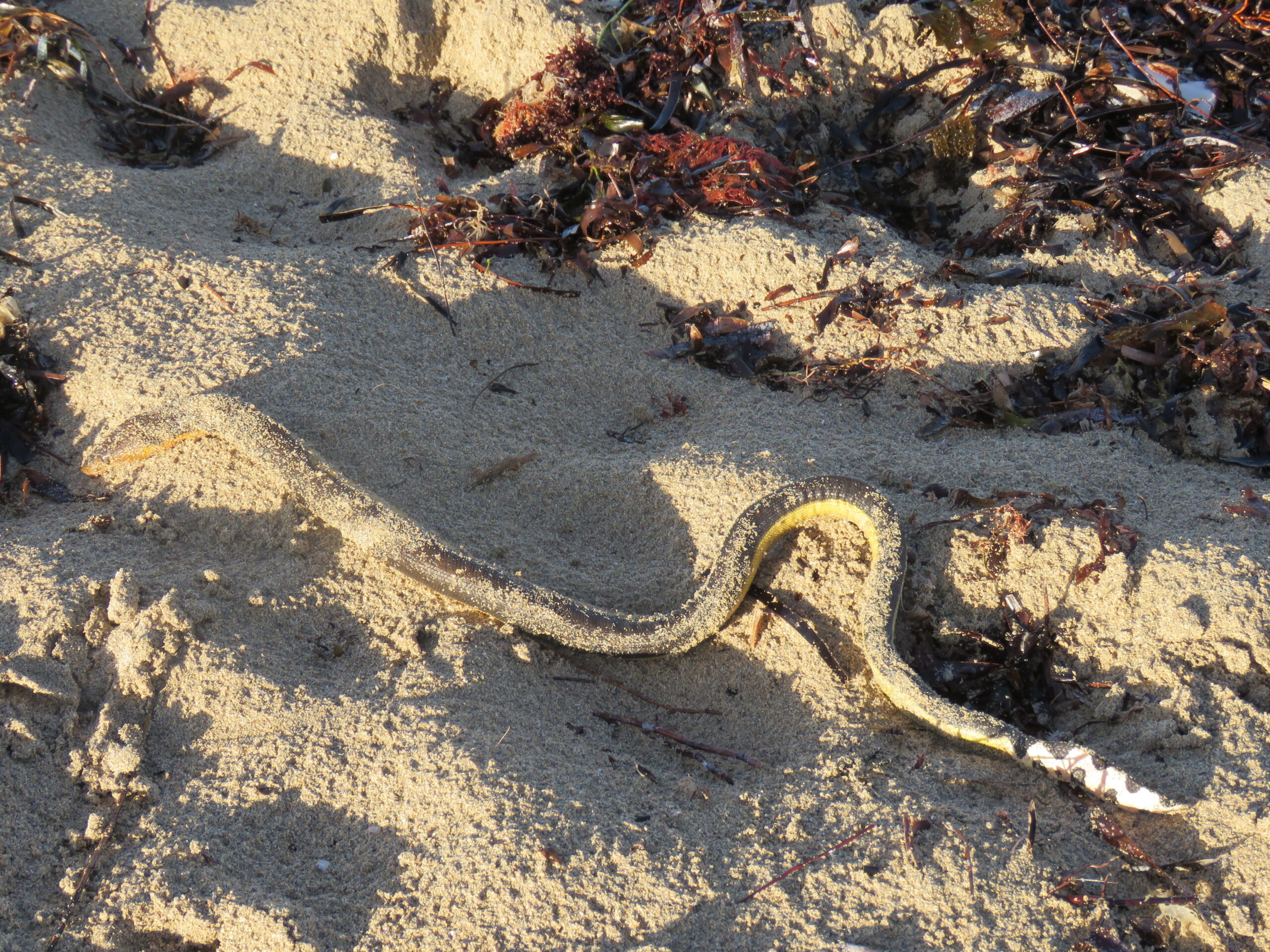
Snake species around the world have adapted their mud-cooling strategies to match their specific geographical and ecological contexts. In tropical regions with high humidity, snakes may utilize mud wallows that remain wet throughout the year, enabling regular access to cooling resources. Desert-dwelling species have developed opportunistic behaviors, rapidly locating and utilizing temporary mud sources that appear after infrequent rainfall events. In temperate regions, seasonal patterns emerge where mud-cooling becomes primarily a summer behavior during periodic heat waves. Coastal species often utilize the unique properties of brackish mud in estuarine environments, which can have different cooling properties due to its salt content and tidal influences. These geographical adaptations demonstrate how this cooling strategy has evolved independently across diverse snake populations facing similar thermoregulation challenges.
The Role of Mud Composition in Cooling Efficiency

Not all mud offers the same cooling benefits, with composition playing a crucial role in determining effectiveness for temperature regulation. Clay-rich mud typically provides superior cooling properties due to its higher water retention capacity and slower evaporation rate, creating a longer-lasting cooling effect. In contrast, sandy mud drains and dries more quickly, offering less sustained temperature relief. The organic content of mud also influences its cooling potential, with higher organic matter generally increasing water retention but potentially creating warmer microenvironments through decomposition processes. Some snake species show clear preferences for specific mud compositions, with individuals traveling significant distances to reach preferred mud sources with optimal cooling properties. Researchers have found that snakes can detect subtle differences in mud temperature and moisture content, allowing them to select the most effective cooling locations available in their habitat.
Seasonal Timing and Climate Adaptation
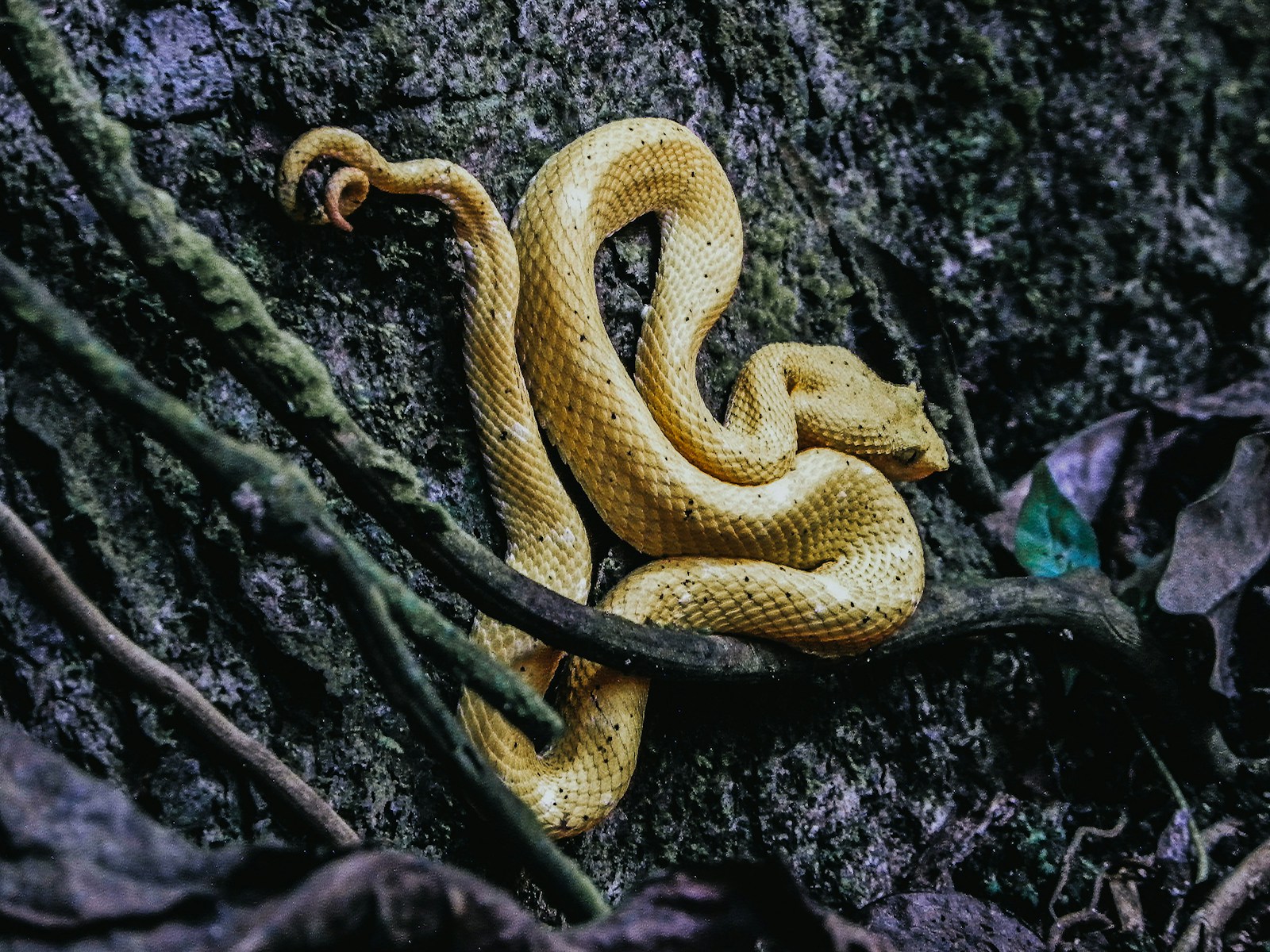
Snake species have developed finely tuned seasonal awareness regarding when to employ mud-cooling strategies. In many regions, snakes anticipate seasonal heat periods based on environmental cues like day length, barometric pressure changes, and temperature trends, often seeking out mud sites before extreme heat arrives. This proactive behavior represents an important adaptation to climatic patterns that helps snakes prepare for challenging conditions. Long-term studies suggest that some populations are adjusting their mud-utilization patterns in response to climate change, with researchers documenting earlier seasonal mud-seeking in regions experiencing warming trends. In areas facing increasing drought conditions, competition for limited mud resources has intensified among various snake species, potentially creating new selection pressures. These adaptations highlight the remarkable behavioral plasticity that allows snakes to respond to both predictable seasonal changes and longer-term climate shifts.
Conservation Implications of Mud Habitat Loss
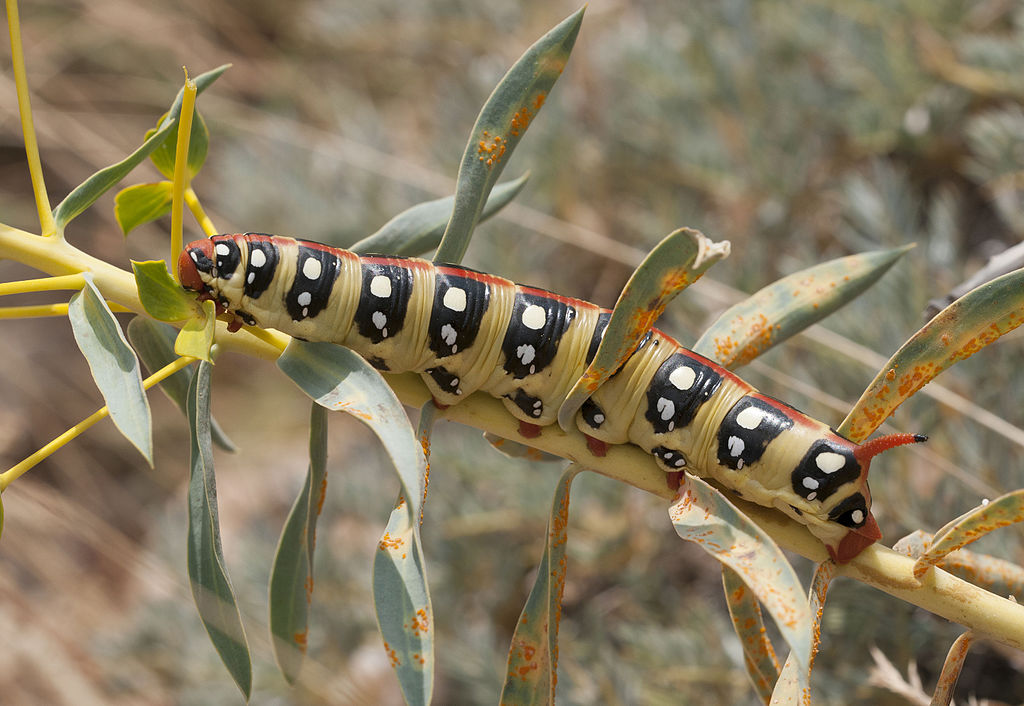
The critical importance of mud habitats for snake thermoregulation raises significant conservation concerns as these environments face increasing threats. Wetland drainage for agriculture and development has eliminated countless mud microhabitats that historically provided essential cooling resources for snake populations. Water management practices that prevent natural flooding cycles can reduce the seasonal creation of mud habitats in floodplain environments, impacting snake populations that rely on these areas. Climate change presents a dual threat by simultaneously increasing the need for cooling habitats while reducing their availability through intensified drought cycles in many regions. Conservation efforts increasingly recognize the need to protect and restore mud-rich microhabitats as essential components of snake conservation strategies, particularly for threatened species that rely heavily on this cooling mechanism for survival during heat events.
Research Challenges and Future Directions
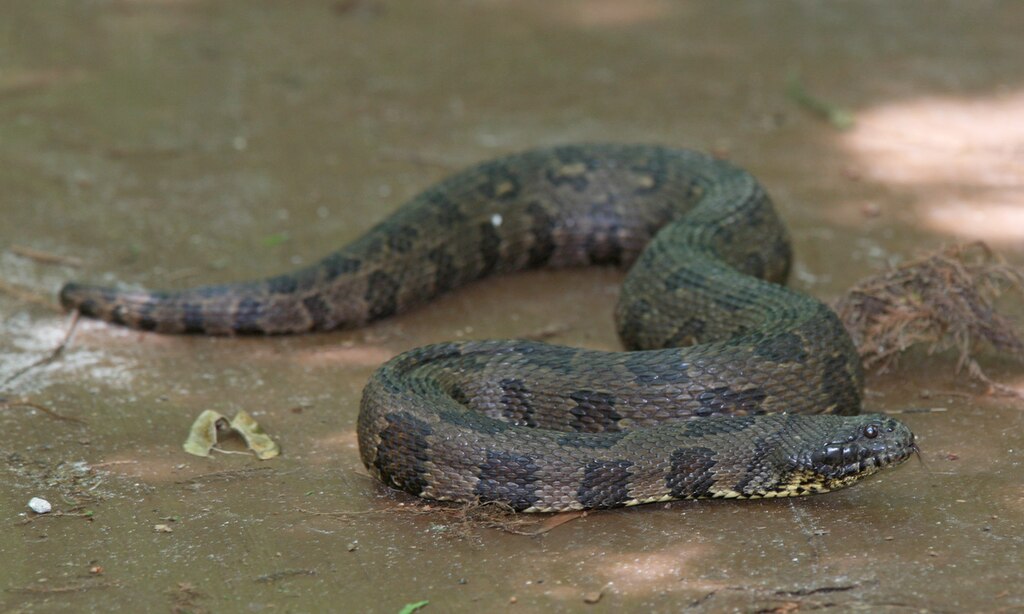
Despite its importance, the study of snake mud-cooling behaviors presents significant research challenges that have limited our understanding of this adaptation. The cryptic nature of many snake species makes it difficult to observe natural behavior patterns without disruption, requiring innovative research technologies like remote monitoring and thermal imaging. Replicating the complex properties of natural mud in laboratory settings has proven difficult, complicating controlled experimental studies of this cooling mechanism. Future research directions include investigating potential physiological adaptations that may enhance cooling efficiency, such as specialized scale structures or blood vessel arrangements near the skin surface. Scientists are also exploring how different snake species might respond differently to changing mud availability under climate change scenarios, which could inform conservation priority-setting. Emerging research suggests possible connections between mud exposure and snake microbiomes, opening new avenues for understanding how this behavior might influence health beyond temperature regulation.
Traditional Knowledge and Cultural Perspectives
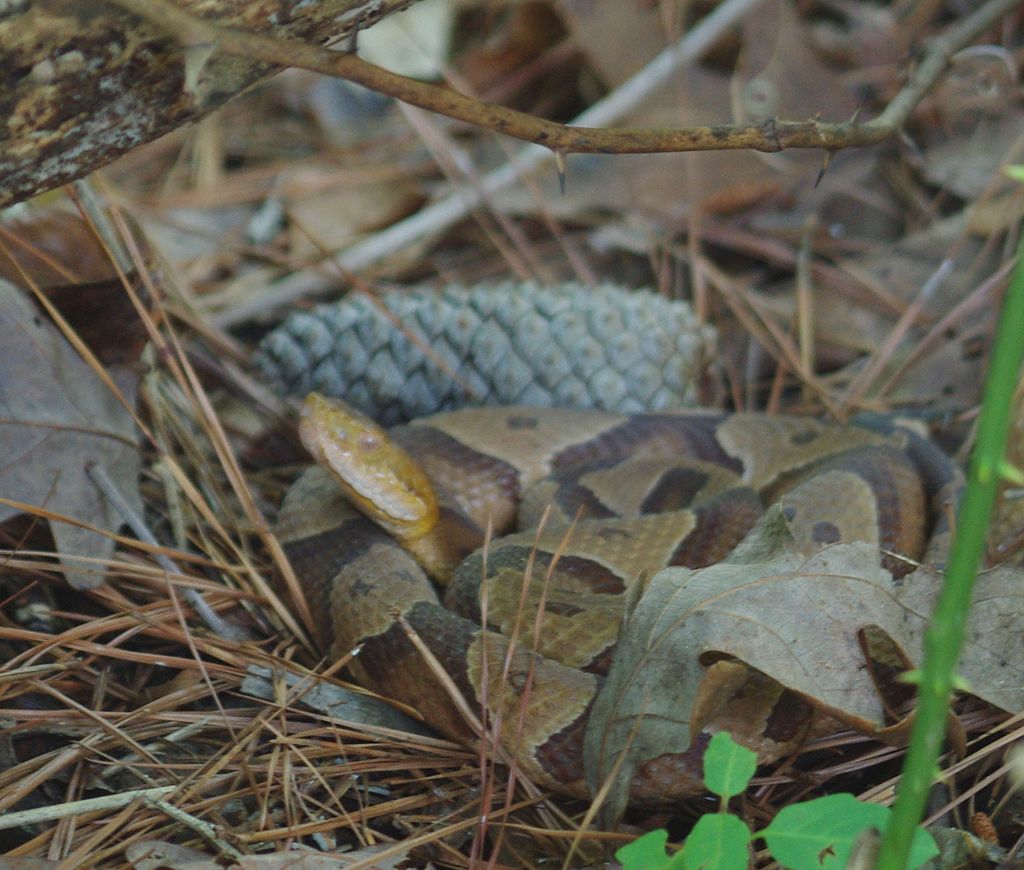
Indigenous and traditional knowledge systems around the world have long recognized the relationship between snakes and mud habitats, often incorporating these observations into cultural practices and ecological management. Many traditional hunting and gathering communities use knowledge of snake mud-cooling behavior to locate certain species during different seasons, representing sophisticated ecological understanding developed over generations. In some cultures, the association between snakes and mud has influenced symbolic representations and mythologies, where serpents are connected to earth, water, and renewal cycles. Traditional ecological management practices in many regions included protecting seasonal wetlands and mud habitats, indirectly benefiting snake populations long before formal conservation science recognized their importance. By integrating this traditional knowledge with contemporary scientific research, conservationists can develop more comprehensive approaches to protecting these critical microhabitats and the snake species that depend on them.
Conclusion
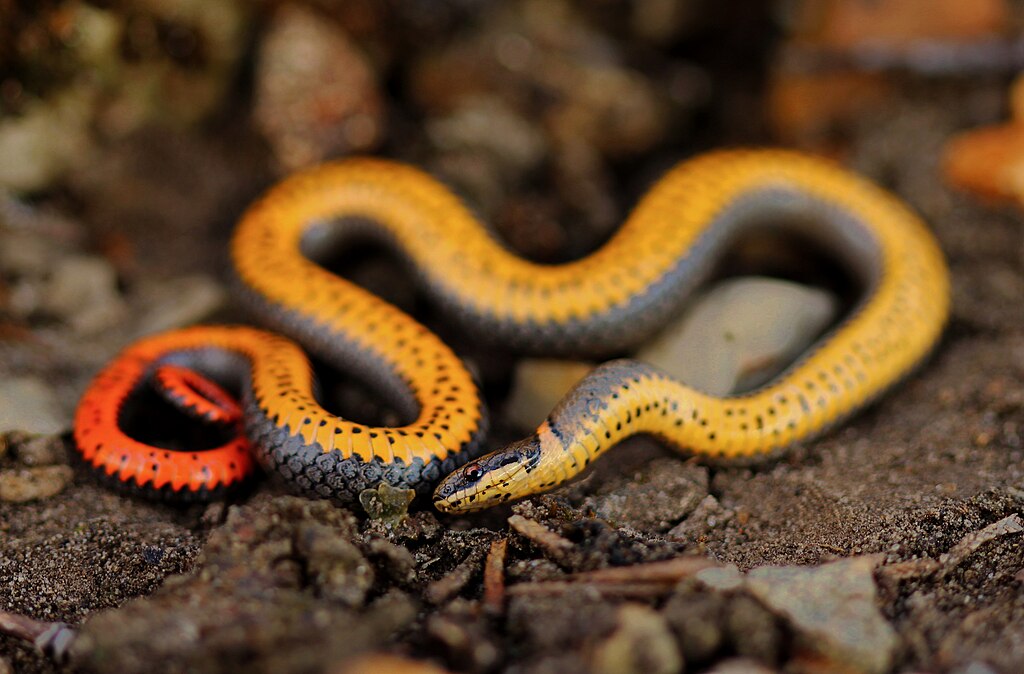
The relationship between snakes and mud represents a fascinating example of evolutionary adaptation that enables these reptiles to thrive in challenging thermal environments. Through this natural cooling system, snakes demonstrate remarkable behavioral flexibility in responding to temperature extremes, utilizing the physical properties of mud to maintain optimal body conditions when conventional thermoregulation strategies might fail. As climate change intensifies heat challenges across many ecosystems, understanding and protecting these mud-based cooling mechanisms becomes increasingly important for snake conservation. This muddy adaptation reminds us that nature’s solutions to environmental challenges often involve ingenious use of seemingly simple materials – in this case, transforming ordinary mud into a sophisticated temperature regulation system that has helped snakes survive for millions of years across diverse habitats worldwide.

